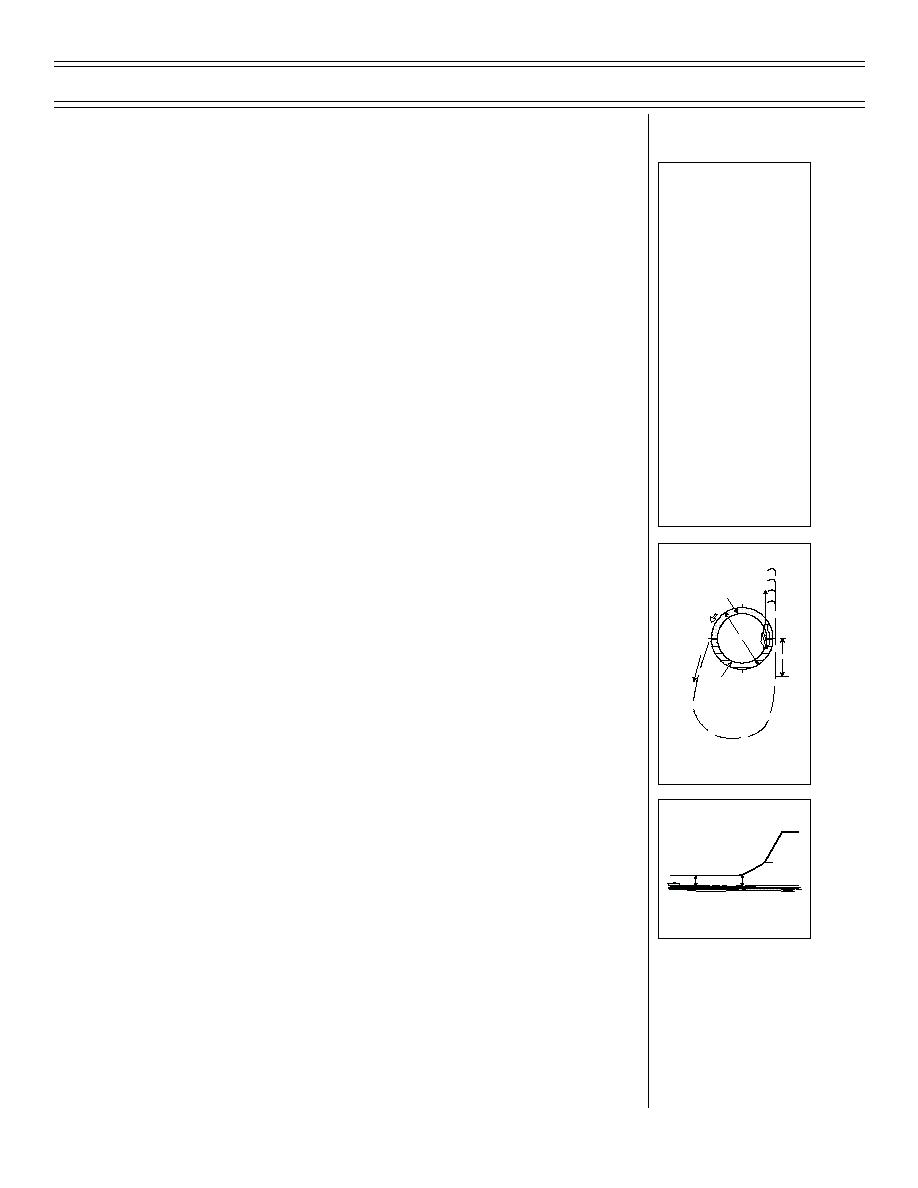
CQFP-04
Carrier Qualification Shipboard Procedures
III. Approaches to the ship 9.7.2.2.1
Sg 3, fr 1
CARRIER
A. Case I (wx 3,000/5)
PROCEDURES
1.
Flight will descend from holding abeam or aft of the
*
Takeoff/en route
ship to set up for the initial
*
Carrier marshal
pattern
2.
Be at 1,200 ft at 7 nm
*
Approaches to the
ship
*
Carrier pattern/
3.
Initial: 800 ft at 3 nm. Flight lead will call “Initial”
landing procedures
*
Deck procedures
4.
Concentrate on good formation (echelon - standard
*
Catapult procedures
parade position)
*
Normal departure
procedures
*
Bingo procedures
5.
Lead breaks on interval or not earlier than 1 nm past
*
Emergency/safety of
bow and wingmen
flight
6.
Spin procedures: initiate at the bow, climb to
1,200 ft, and remain within 3 nm and reenter for the
Sg 3, fr 2
break. Call “spin 90”
BRC
PatternClimb
Area
2
PATTERN
FLOW
B. Case II (wx 1,500/5, tops not above 15,000 ft)
5nm
3
1
1.
Students may penetrate in section only on an
3nm
Depart
4
Marshal
Initial
instructor’s wing. Lead may break up the division for
Pattern
PatternDescent
Area
individual holding
2.
Depart the holding point inbound at push time
CASE I MARSHAL
PATTERN RECOVERY
3.
Report commencing 250 KIAS descent, S/B out,
Sg 3, fr 3
4-5,000 fpm
Holdatassignedaltitude,leftturns.
InitialapproachfixDMEisangelsplus15.
250KIAS
4,000-6,000ft/min
NOTE: Belowplatform,rateofdescent
4.
Lead will call “platform” at 5,000 ft (approximately
shouldnotexceedaltitude.
Platform5,000ft
250KIAS
2,000ft/min
20 nm and shallow rate of descent to 2,000 fpm
800ft
1,200ft/10nm
(minute to live rule)
CASE II MARSHAL
PATTERN RECOVERY
5.
If not VFR or ship is not in sight at 800 ft and 5 nm,
climb straight ahead on the BRC to visual conditions
on top of cloud layer
6.
Ship in sight - call “see you” and switch tower. Enter
normal break; 800 ft, 250-300 KIAS
(7-01) Original
Page 4-7


 Previous Page
Previous Page
